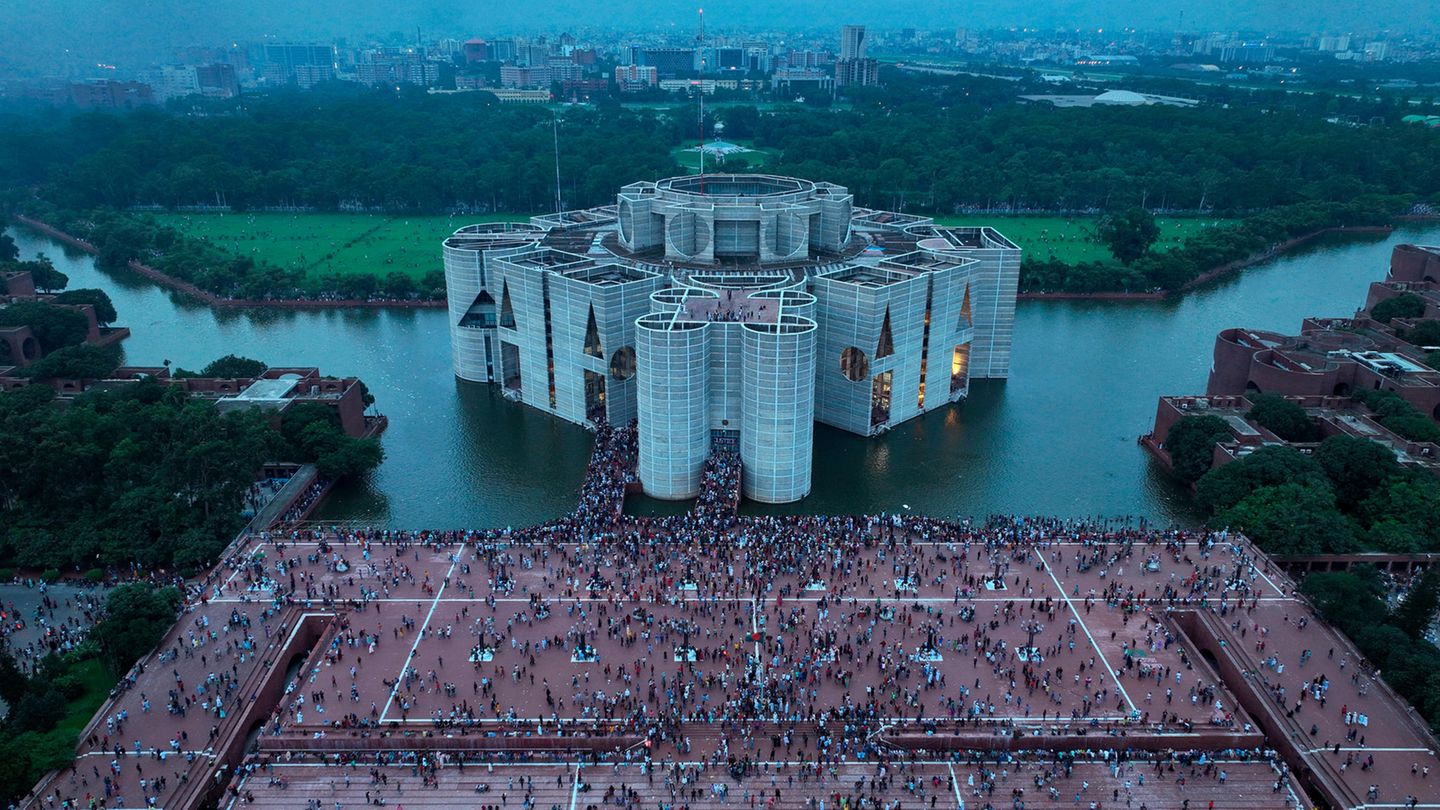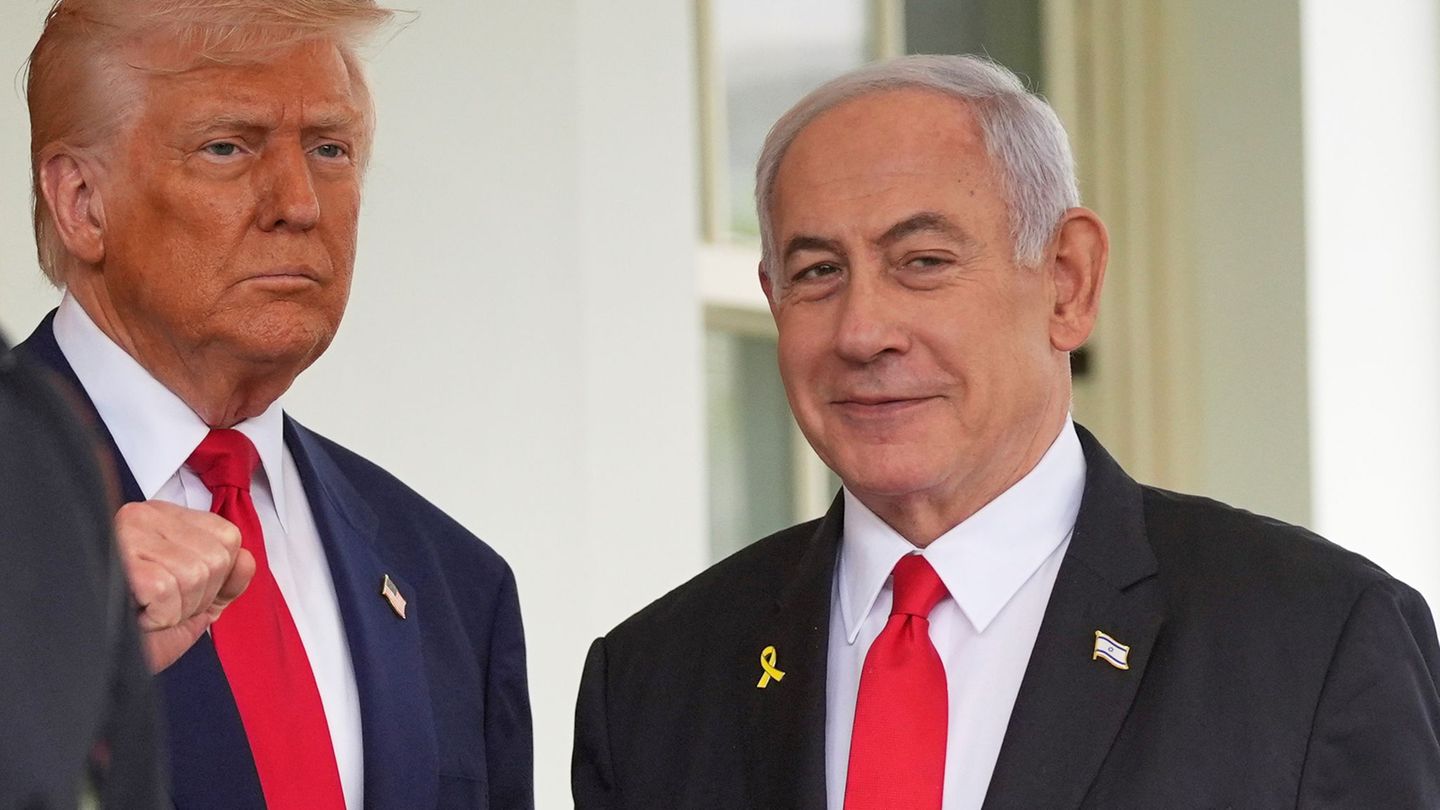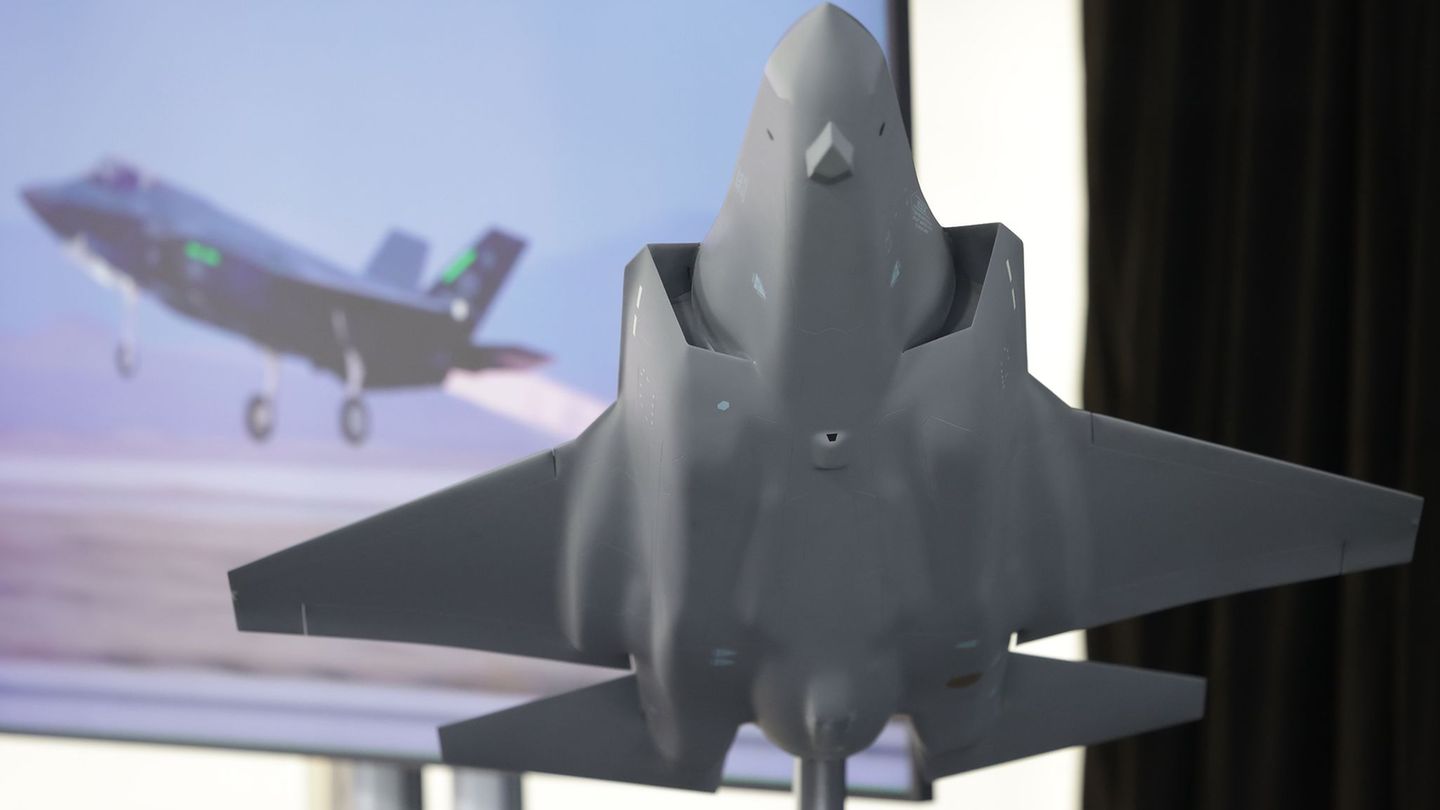After hundreds of deaths, the brutal protests in Bangladesh have reached a climax: Prime Minister Sheikh Hasina has apparently fled.
After weeks of mass protests in Bangladesh, Prime Minister Sheikh Hasina, who has ruled for 15 years, has fled the South Asian country. An “interim government” will now be formed, said Army Chief Waker-Uz-Zaman in a televised address to the nation on Monday. Previously, demonstrators had stormed the official residence of Hasina, who, according to sources close to her, fled abroad by helicopter.
“We will form a transitional government,” the army chief said in his televised address. To do so, he will speak with the main opposition parties and representatives of civil society – but not with Hasina’s party.
Protests escalate especially in the capital
The country’s president, Mohammed Shahabuddin, announced on Monday that he had ordered the immediate release of former Prime Minister and opposition leader Khaleda Zia from prison. Detained protesters are also to be released.
“The country has suffered greatly, the economy has been weakened, many people have been killed – it is time to put an end to the violence,” the army chief stressed. “I take full responsibility.” He hopes that the situation in the country will now calm down.
Earlier, anti-government demonstrators stormed the government palace in the capital Dhaka. On television, they could be seen breaking through the gates, looting furniture and books, or lying around on beds. On the streets, people celebrated, some dancing on a tank.
Later, protesters also stormed parliament, houses and shops of Hasina’s party colleagues, television stations, a museum and police stations, police sources said.
Prime Minister is apparently in India
Hasina was taken to a “safe place”. “Her security team asked her to leave, she had no time to prepare,” the AFP news agency learned from people close to her. The 76-year-old was first taken out of the palace in a motorcade and later flown out of her country of 170 million inhabitants by helicopter. According to Indian media reports, the helicopter landed at a military base near the capital New Delhi. According to people close to her, she wanted to travel on to London from there.
The escape came one day after hundreds of thousands of government opponents and supporters took to the streets across the country on Sunday, attacking one another with knives, sticks and clubs. Security forces also fired rifles into the crowd.
According to figures available to AFP, 94 people were killed on Sunday. This was the highest number of casualties in one day since the anti-government protests began in July, in which at least 356 people were killed. At least 56 people died in Monday’s clashes, police and medical officials said.
The demonstrators originally took to the streets against a quota system for the allocation of public sector jobs, which they believed favored Hasina’s supporters. Little by little, the resignation of the head of government, who has been in office since 2009, became the goal of the protest movement, which was joined by more and more people from all walks of life. Film stars, well-known musicians and former generals also expressed their support, as did companies in the textile industry, which is important for the country’s economy.
Foreign Office advises against travel to Bangladesh
EU foreign policy chief Josep Borrell said an “orderly and peaceful transition to a democratically elected government” was now essential. A spokesman for the Foreign Office in Berlin also said it was “important that Bangladesh continues on its democratic path.” He added: “We now strongly advise against travel to Bangladesh.”
Hasina was confirmed in office in January in an election boycotted by a large part of the opposition. Her government was accused, among other things, of abusing state institutions to maintain its own power and of suppressing government critics – even to the point of extrajudicial killing of opposition members.
The army now has the say in Bangladesh. In 2007, the military declared a state of emergency in the country following political unrest and installed a transitional government supported by it for two years. Hasina then came to power in 2009.
Note: This article has been updated several times.
Source: Stern
I have been working in the news industry for over 6 years, first as a reporter and now as an editor. I have covered politics extensively, and my work has appeared in major newspapers and online news outlets around the world. In addition to my writing, I also contribute regularly to 24 Hours World.




